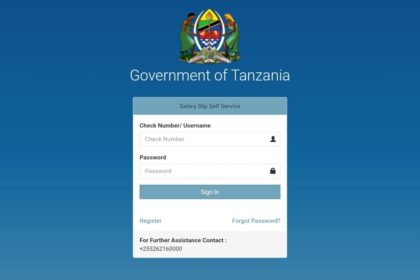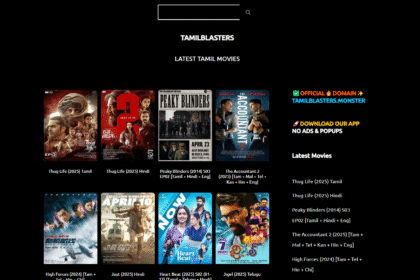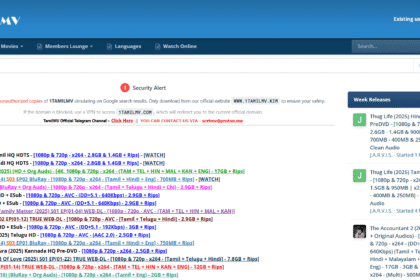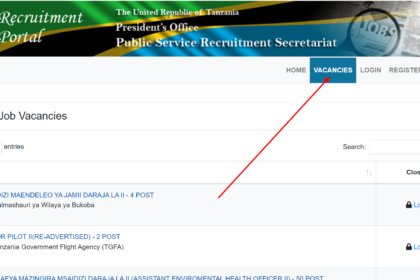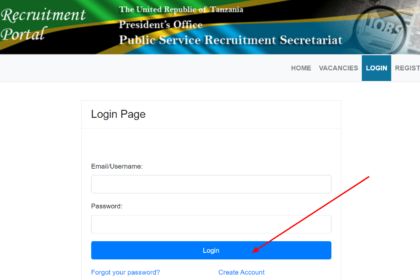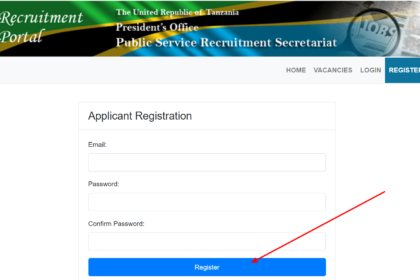How to Write a Curriculum Vitae (CV) That Stands Out. A well-crafted Curriculum Vitae (CV) is your gateway to landing interviews and securing job opportunities. With the job market becoming increasingly competitive, a standout CV is crucial to distinguish yourself from other candidates. In this guide, we’ll walk you through practical steps to create a CV that grabs the attention of recruiters and hiring managers.
What Is a CV?
A Curriculum Vitae (CV) is a document that outlines your professional journey, including your education, work experience, skills, and achievements. Unlike a resume, which is typically concise, a CV can be more detailed, especially for academic or research-based roles.
How to Write a Curriculum Vitae (CV) That Stands Out

1. Research and Tailor Your CV
Your CV should be tailored for the specific job you’re applying for. Begin by:
- Understanding the Job Description: Highlight keywords, skills, and qualifications the employer is seeking.
- Researching the Company: Know their values, mission, and industry trends to align your CV accordingly.
2. Select the Right CV Format
Choose a format that best suits your career stage and goals:
- Reverse-Chronological CV: Most common; ideal for showcasing consistent career progression.
- Functional CV: Focuses on skills over experience; great for career changers or gaps in employment.
- Combination CV: Blends experience and skills effectively; useful for experienced professionals.
3. Use a Professional Layout
A clean, organized CV makes a strong impression. Ensure:
- Font Choice: Use professional fonts like Arial, Calibri, or Times New Roman.
- Font Size: Keep text size between 11-12pt and headings slightly larger at 14-16pt.
- Structure: Use clear headings (e.g., Contact Information, Work Experience, Education).
- White Space: Ensure your CV isn’t cluttered and is easy to skim.
- Length: Stick to 1-2 pages unless applying for academic roles, which may require a longer CV.
4. Include Key Sections
Your CV should have the following sections:
a) Contact Information
- Full name
- Phone number
- Professional email address
- LinkedIn profile
- Personal website or portfolio (if applicable)
b) Professional Summary
Write a brief, compelling summary of your career highlights and goals.
- Example: “Results-driven digital marketer with 5+ years of experience developing innovative campaigns that increased engagement by 30%. Seeking to leverage expertise in social media strategy to drive brand growth at XYZ Corporation.”
c) Skills
List technical, soft, and industry-specific skills. Use bullet points for clarity.
- Examples:
- Digital Marketing Tools: Google Analytics, SEO, PPC
- Project Management: Agile, Scrum, Trello
- Soft Skills: Leadership, Communication, Problem-Solving
d) Work Experience
List your professional experience in reverse chronological order:
- Include:
- Job Title
- Company Name
- Location
- Dates of Employment
- Key Achievements (quantify where possible)
- Example:
Marketing Manager | ABC Corp | Jan 2020 – Dec 2023- Increased website traffic by 40% through targeted SEO strategies.
- Managed a $500,000 annual budget, achieving a 20% ROI on campaigns.
e) Education
List your academic qualifications:
- Degree or Certification
- Institution Name
- Graduation Date
f) Certifications and Awards
Showcase relevant certifications and professional accolades.
g) Hobbies and Interests (Optional)
If relevant, include hobbies that align with the role or showcase unique skills.
5. Emphasize Achievements Over Responsibilities
Recruiters are interested in what you’ve accomplished, not just what you were responsible for. Use metrics to demonstrate impact:
- Weak: “Responsible for managing social media.”
- Strong: “Grew social media followers by 50% in 6 months through targeted campaigns.”
6. Optimize for Applicant Tracking Systems (ATS)
Many employers use ATS to screen CVs. To pass ATS:
- Use standard headings like Work Experience and Education.
- Incorporate keywords from the job description.
- Avoid graphics or images that might confuse the system.
7. Proofread and Edit
Mistakes can leave a negative impression. Review your CV multiple times to ensure:
- Proper grammar and spelling.
- Consistency in formatting.
- Accurate dates and details.
8. Add a Tailored Cover Letter
While not part of the CV, a strong cover letter can complement it. Use the letter to explain why you’re a perfect fit for the role.
Common CV Mistakes to Avoid
- Including irrelevant information (e.g., outdated jobs or unrelated hobbies).
- Using generic descriptions instead of specific achievements.
- Cluttering the CV with unnecessary graphics or overly complex designs.
Tools to Help You Create a Standout CV
- Online Templates: Canva, Zety, Novoresume
- Grammar Tools: Grammarly, Hemingway Editor
- Design Inspiration: Pinterest, Behance
Conclusion
A standout CV is your ticket to landing interviews and advancing your career. By tailoring your CV to the job, emphasizing achievements, and maintaining a professional layout, you can capture the attention of recruiters. Remember, your CV is more than just a document it’s your personal brand. Invest the time to make it exceptional.




